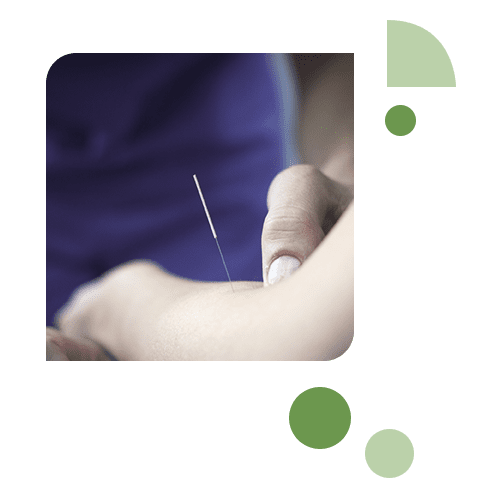
Dry Needling
Dry needling is a type of physical therapy that uses thin needles to stimulate trigger points in the muscles. It is an effective treatment for pain and muscle dysfunction.
What are the benefits of dry needling?
Dry needling can help relieve pain, improve range of motion, and reduce muscle tension.
It can also be used to treat a wide variety of conditions, including headaches, migraines, TMJ disorders, carpal tunnel syndrome, and more. It is also often used as a way to prevent injuries before they occur.
There are many benefits of dry needling, including its ability to provide relief from pain, improve range of motion, and increase blood flow to the affected area. It is also a relatively safe and low-risk treatment option when compared to other forms of therapy.
How does dry needling work?
The needles used in dry needling are much thinner than in traditional acupuncture. They are also solid rather than hollow, like traditional acupuncture needles. The needles are inserted into the skin and then moved around until they reach the trigger point.
Once the needle is in place, it will be left for several minutes. After the trigger point is stimulated, the muscle tension will be relieved. We often use this technique as a complementary approach to chiropractic care. After a chiropractic adjustment, a dry needling session can give the patient more tension release and better recovery.

